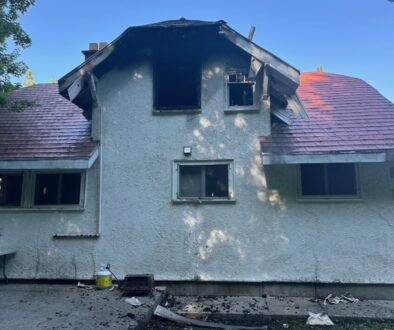Columbia Park Elementary students practice inclusivity on the playground
The success of a school-wide project to teach students at Columbia Park Elementary School to communicate using Augmentative and Alternative Communication has led to a series of grant applications for outdoor communication boards at local school and community playgrounds.
Augmentative and Alternative Communication (AAC) uses communication devices such as iPads, systems, strategies and tools to provide alternatives to verbal communication. It includes the use of pictures, drawings, words and letters, as well as gestures and mimicry to provide a way for non-verbal individuals to communicate.
Students at Columbia Park Elementary started learning to communicate using AAC four years ago when two non-verbal students began Kindergarten. School District 19 speech and language pathologist Monica Penner and learning support teacher Victoria Strange, who happened to share a classroom, came up with a creative way to help the two kindergarten students — as well as other students at the school — learn AAC: create a school-wide challenge.
Following the success of the challenge, funding was obtained through Children’s Variety, the Columbia Park Elementary School Parent Advisory Committee and the district to create an outdoor core board for the school’s playground.
A core board is a giant board with pictures. Non-verbal people can point to a specific picture to help communicate to others what they want to say. It includes words that are hard to teach but that are important to every day situations. Things like pronouns, or questions like where and when. They also include what are referred to as fringe words – nouns or words that are used only in a specific situation – for example measuring spoons in a kitchen. In a playground it could include pictures for a slide, swings or other equipment.
Penner and Strange said they’d like to see core communication boards at all of the elementary schools, and in all of the city’s parks and playgrounds.




